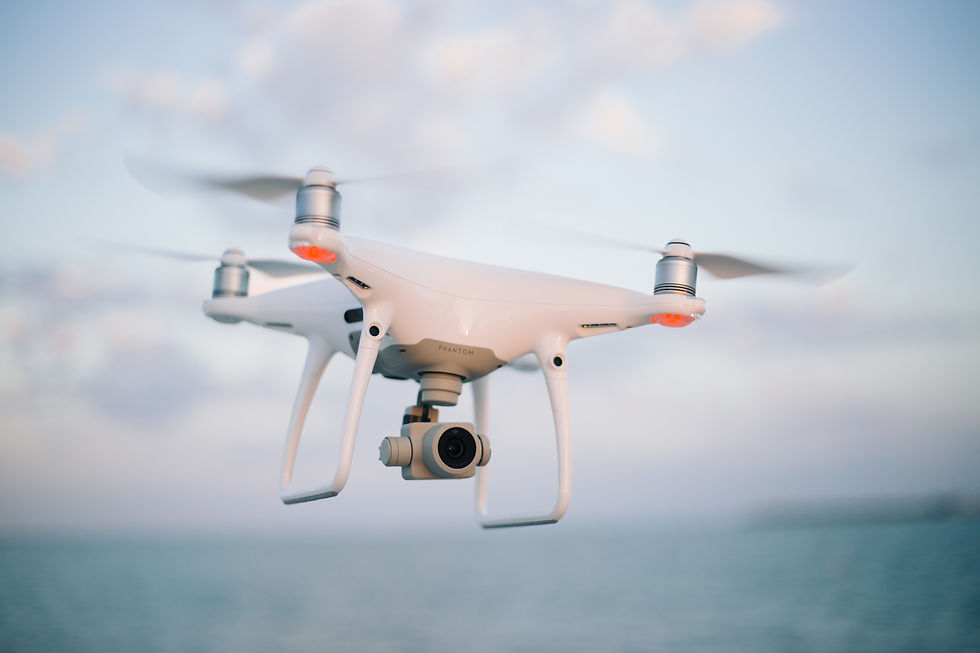In this beginner's guide to drone photography, we'll talk you through the basics of getting started in this exciting field. In recent years, drone photography has grown in popularity (we've seen a huge influx in drone images being entered in to our competitions), enabling photographers to take breathtaking aerial images that were previously only possible with pricey equipment and hired pilots. Here is a quick-start guide on how to get going with drone photography if you want to take your photography to new heights.
This blog post contains affiliate links.

Choose the Correct Drone
The appropriate drone selection is the first step in drone photography. When choosing your drone, take into account aspects like flying time, camera quality, range, and stability. The most well-known drone manufacturer, DJI, provide a variety of alternatives for both beginning and seasoned drone photographers.
Study the guidelines and rules.
It's critical to educate yourself with local laws and ordinances before you begin using your drone. Drones must adhere to tight laws in the majority of nations addressing altitude, flying patterns, and privacy. Before taking off, make sure you are aware of the regulations and have the appropriate permissions or licenses.
Practice flying
This one's important! It might be challenging to fly a drone, especially if you're new to it. Before attempting any photography, take the time to practice flying your drone in a safe, open area. You'll get more confident and at ease using the controls as a result.

© Julie Kenny
Decide on a topic
After you feel at ease in the air, it's time to decide what to study. Landscapes, urban scenes, wildlife, and athletic events are just a few of the many things that can be photographed using a drone. Plan your flight based on what you wish to photograph.
Set Up Your Flight
To ensure you get the greatest images, plot your flight path before takeoff. The greatest locations and perspectives for your photographs can be found using mapping tools and applications. Lighting and weather conditions should also be taken into account.
Adjust the Camera's Settings
Make sure to tweak your camera's settings before taking off to get the finest pictures. Make sure your images are sharp, clear, and properly exposed by taking into account variables like ISO, shutter speed, and aperture. Remember, if you're shooting in conditions with constantly changing light, it's easier to recover details in an underexposed image than an overexposed one!
Fly carefully
Remember, when using your drone, put safety first. Keep an eye on your surroundings and steer clear of congested or forbidden airspace. To make sure everyone has a safe and pleasurable time, be considerate of other people's privacy and abide by all rules and guidelines.

© Adrian Petrisor
In conclusion, drone photography can provide a fresh viewpoint on the world we live in. You may get breath-taking aerial photos that will elevate your photography to new heights by picking the correct drone, knowing the rules and regulations, practicing flying, selecting your subject, organising your flight, configuring your camera settings, and flying securely.
Already a have a collection of stunning drone imagery ready for the world to see? Enter our competition below.

Comments